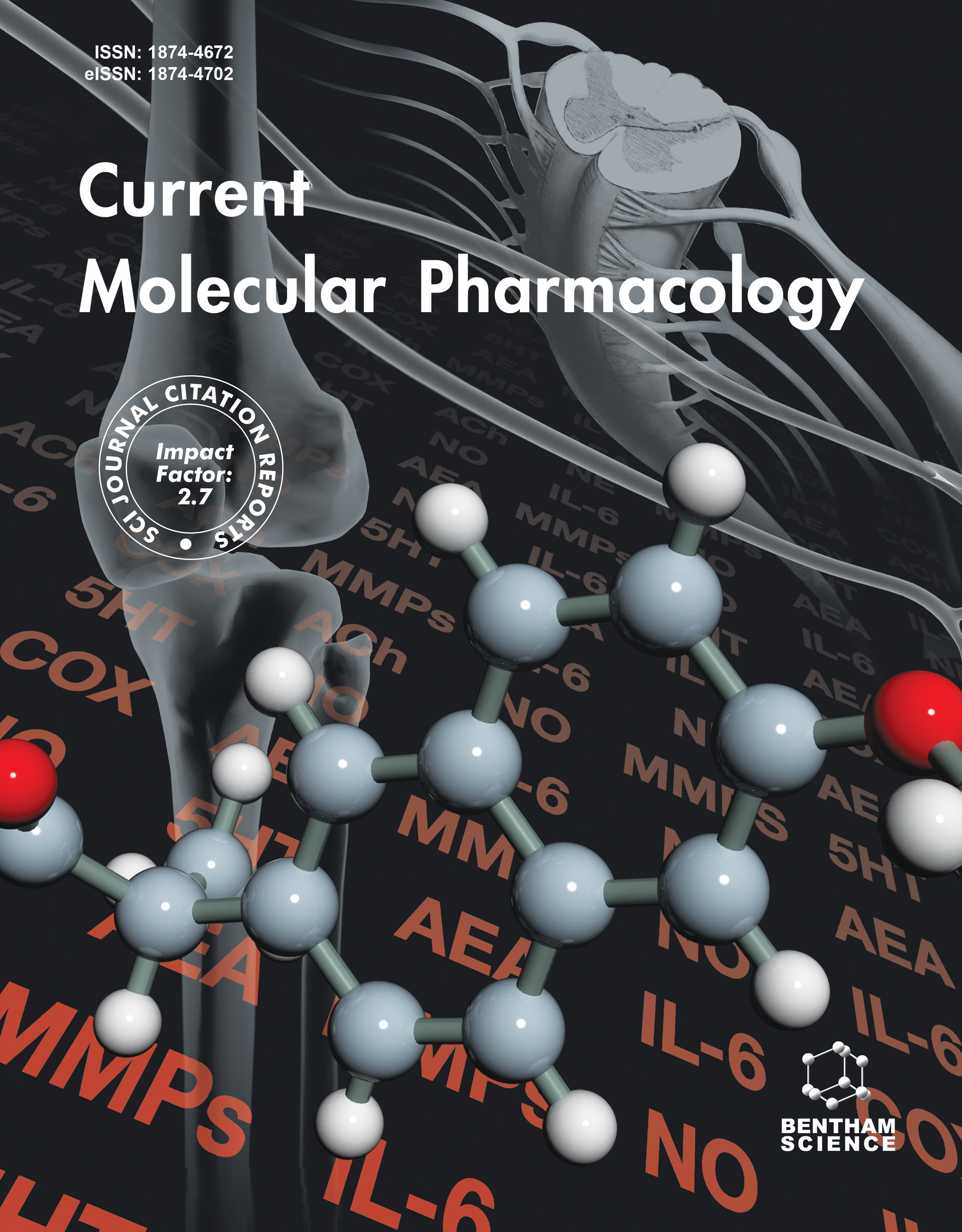-
s Insulin-Like Growth Factor-I Molecular Pathways in Osteoblasts: Potential Targets for Pharmacological Manipulation
- Source: Current Molecular Pharmacology, Volume 5, Issue 2, Jun 2012, p. 143 - 152
-
- 01 Jun 2012
Abstract
The insulin-like growth factors (IGFs) are the most abundant growth factors stored in bone and produced by osteoblasts. IGF-I is an important regulator of osteoblast function and required for optimal bone development and maintenance. IGF-I can act in an endocrine, paracrine or autocrine manner and is regulated by a family of six IGF binding proteins (IGFBPs). The IGFBPs are often found bound to IGF-I in the circulation or complexed with IGF-I in osteoblasts. IGFBP-3 and -5 are known stimulators of IGF-I actions, whereas IGFBP-1, -2, -4 and -6 are known inhibitors of IGF-I action in bone. Once IGF-I binds to its receptor (type 1 IGF receptor) it initiates a complex signaling pathway including the phosphoinositol 3-kinase (PI3-K)/3-PI-dependent kinase (PDK)-1/Akt pathway and the Ras/Raf/mitogen-activated protein (MAP) kinase pathway which stimulate cell function and/or survival. Based on the critical role for IGF-I in osteoblasts, it is a logical candidate for anabolic therapy. However, systemic administration of IGF-I is not cell specific and a limited number of long term experiments have been completed to date. Several recent findings indicate that many of the IGFBPs and specific proteins in the IGF-I signaling pathways are also potent anabolic factors in regulating osteoblast function. This review will focus on the role of these factors in mediating IGF-I action in osteoblasts and how they may serve as potential targets to stimulate osteoblast function and bone formation.


